Explore The Historical Kohima War Cemetery In 2025
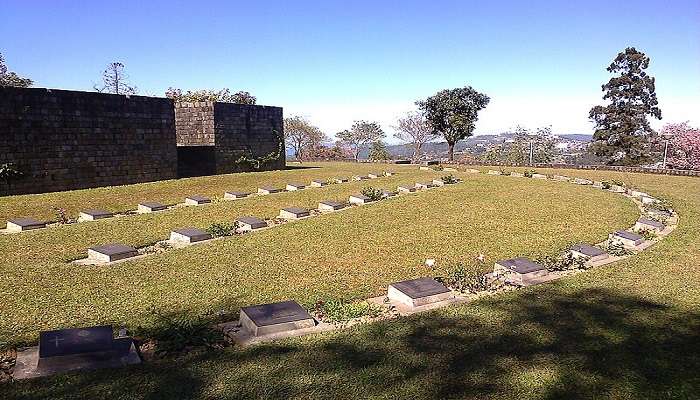
Kohima War Cemetery is a beautiful place in the northeastern region of India and the capital of Nagaland. It is famous for its pristine natural beauty and vibrant culture. Every year, thousands of tourists, pilgrims, veterans, and dignitaries visit and pay respects to learn about the history and meaning of the battle and the Kohima War Cemetery. It symbolises friendship and cooperation by commemorating soldiers from different nations and cultures who struggled for a common cause. The cemetery fosters respect and thankfulness among visitors regarding the value of freedom and peace that the soldiers fought to preserve.
About Kohima War Cemetery
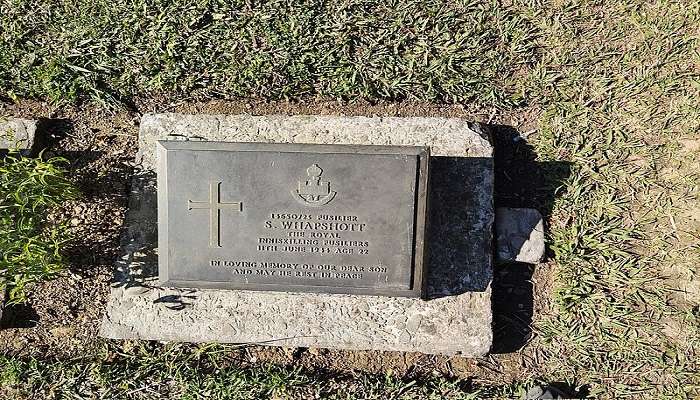
The Kohima War Cemetery is a memorial dedicated to the soldiers of the Allied Forces who died during the Second World War.They belonged to the 2nd British Division. Killed on the battlefield of Garrison Hill, the original bungalow was razed in the fighting; white concrete lines now permanently mark the tennis court. It is now the burial place of 1,420 Commonwealth soldiers who lost their lives in the Second World War.
At the top of the cemetery is the Kohima Cremation Memorial, which is dedicated to the 917 Hindu and Sikh soldiers cremated there by their religious rites. This battle was the first great defeat of the Japanese on the eastern front and was one of the turning points of World War II. It played a very vital role in preventing the Japanese from severing the Allied supply lines and invading India. The battle also has great historical and cultural significance for Nagaland.
It brought the Naga people into the limelight of the world. The isolated Naga people showed great courage, loyalty, and hospitality to the Allied forces fighting to free them and give them security.
Also Read: Hotels In Dimapur
History Of Kohima War Cemetery
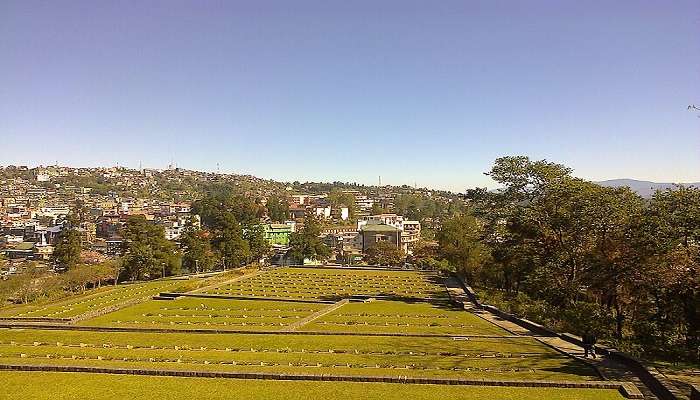
Perhaps of all places in the world, Kohima War Cemetery is one the most striking. The site was formerly the residence of the Deputy Commissioner to the region, and it was transformed into the scene of a fateful battleground as a desperate defense by Commonwealth forces caused the Japanese attack to be halted. The men that fell there were buried where they fell, grouped roughly into religious groups, and marked with temporary wooden crosses or plain markers. The terraces of the site were re-established, making actual plots within the cemetery—and, being on a slope, creating an incredible panoramic view from the graveyard over the town of Kohima. By the war’s end, the cemetery contained around 1,200 burials and was close to capacity.
The architect Colin St Clair Oakes, who had fought in Burma during the war and who had worked as an architect in India, was appointed as the Commission’s Senior Architect for India, Burma, and South-East Asia in November 1945 and later, in 1947, became Principal Architect to the Commission for India and South-East Asia District. The old tennis court is one of those factors in the Kohima War Cemetery that Oakes integrated, holding the essence of individualisation in high measure.
This was the epicenter of the battle—a tennis court, which was razed to the ground during the action but re-created in molded concrete as an evocative, physical reminder of the fight. What is unusual about the Cross of Sacrifice in Kohima is that it is something familiar to other CWGC cemeteries. Sited on the old tennis court that formed the very epicenter of the battle, the cross tops a shelter building that provides shade from the noonday sun and shelter from monsoon rain.
Architecture Of Kohima War Cemetery
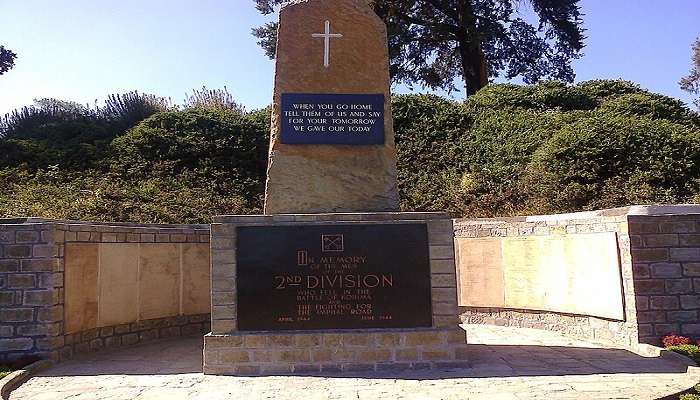
The Kohima War Cemetery is an epitome, designed by Sir Edwin Lutyens, of a place in a dignified and reflective setting, where the memory of soldiers who lost their lives during World War II. A highly conceived rectangular layout of the cemetery on Garrison Hill infuses into it an air of orderliness and tranquility. The tall central Cross of Sacrifice, approximately 3–5 meters facing the visitor on entry, is made of gleaming white stone, a monumental image of a final sacrifice these men made. It was characteristically Lutyens in its concept—expressing the somber reflections that the cemetery exudes.
At the highest point of the cemetery is the Kohima Cremation Memorial, dedicated to the remembrance of 917 Hindu and Sikh soldiers. The simplicity of the design of the memorial gives it a strong evocative character; it consists of a stone altar with plaques precisely inscribed under the religious tradition and sacrifices of the soldiers. The position it is placed in is considered important and serves as a vantage point from which to reflect with solemnity.
Low stone walls circle the cemetery and are approximately 15 feet tall, and the paths wind their way through finely manicured lawns and landscaped areas. The completed architectural features, combined with the natural environment, thoughtfully chosen plants and trees, culminate in a serene and reflective atmosphere. The design of the cemetery will treat the fallen with respect while offering visitors a space for reflection to engage in the history and meaning of the site with reverence and calmness.
Related Post: National Parks In Nagaland
Entrance Fees, Timings and Best Time To Visit
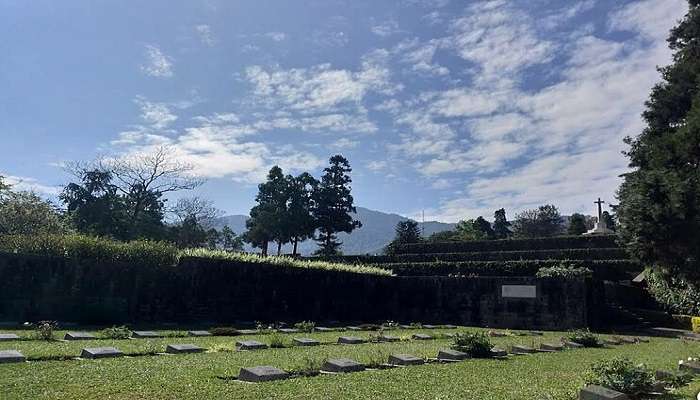
Kohima Wa Cemmertry is open every day from 8 am – 4 pm and is free for every tourist. Any history enthusiast should visit this place because of the existence of the Kohima war cemetery, which dates back to April 1944. It is one of the most visited places in Kohima, Nagaland, as trekking to this spot is much more adventurous and entertaining.
The Kohima War Cemetery lies in moving testimony to the brave soldiers who are surrounded by serenity. The best time to visit is from October to May since the weather is cool and dry, hence comfortable. Throughout the monsoon season, from June to September, heavy rainfalls wet the region and make traveling and other outdoor activities difficult.
You can also visit in April to witness the memorial events celebrating the anniversary of the Battle of Kohima, which reveal the site’s historic aspect. Further, the Hornbill Festival occurs during the first week of December and showcases Nagaland’s multicolored cultural heritage.
How To Reach
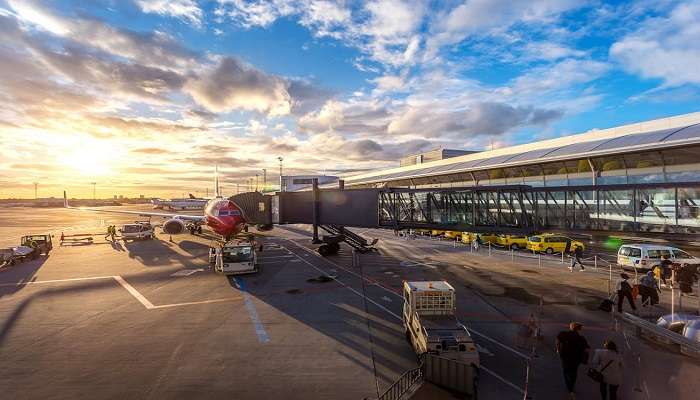
With a variety of travel options, Kohima is easily accessible from major cities in India. Here are some travel options:
By Air:
The nearest airport to this scenic hill station is Dimapur Airport. From the airport, tourists can hire a taxi or take a bus to Kohima. It takes approximately 3 to 4 hours to reach Kohima from the airport, situated 74 km away.
By Train
Dimapur, being the closest railhead to reach Kohima by train, is well-connected with most cities. You can hire a taxi or get to Kohima by bus from Dimapur.
By Road
While Kohima maintains easy connectivity with state and national highways, it can also be accessed conveniently from the surrounding cities of Guwahati, Dimapur, Imphal, and Jorhat.
You May Also Like To Read: Asia’s Largest Church In Nagaland
The Kohima War Cemetery stands as the strongest testament to the hardest sacrifices of World War II, respectful to the heroism and the courage one had to have in offering service to one’s homeland during the Battle of KohimaIt is not just a place of memorial; it is also a symbol of peace and reconciliation.Visitors are invited to this touching location, ponder over its very emotional history, and pay homage to the heroic gestures of those remembered here. Plan a trip to Kohima trip to Kohima and make unforgettable memories. A visit to Kohima War Cemetery provides a meaningful opportunity for paying respects and associating with a very pivotal moment in history.
For our editorial codes of conduct and copyright disclaimer, please click here.
Cover Image Credit: PP Yoonus for Wikimedia Commons
Frequently Asked Questions About Kohima War Cemetery
Why is Kohima War Cemetery famous?
Kohima War Cemetery is famous for its historical significance in World War II, marking the site of a crucial battle where Allied forces defeated the Japanese. It’s a symbol of sacrifice and bravery.
How many graves are in the Kohima War Cemetery?
The Kohima War Cemetery contains 1,420 graves of Commonwealth soldiers who died during World War II. It also features a memorial for Hindu and Sikh soldiers who were cremated according to their faith.
Who won the Battle of Kohima?
The Allied forces won the Battle of Kohima, which was a pivotal confrontation in World War II. The victory marked the first major defeat for the Japanese on the eastern front.
What is the meaning of a war cemetery?
A war cemetery is a burial site specifically dedicated to soldiers and military personnel who died during wartime. It serves as a place of remembrance and honor for those who sacrificed their lives in conflict.
What is the speciality of Kohima?
Kohima is renowned for its historical significance due to the Battle of Kohima, its rich cultural heritage, and its scenic beauty. It’s also known for the Kohima War Cemetery, which commemorates the bravery of soldiers.
People Also Read:
Places To Visit In Nagaland Things To Do In Nagaland Trekking In Nagaland

Innovative Content Writer Focused on Producing High quality, Original Content that drives traffic and engages readers. Experienced in Content strategy and analytics to measure content performance using tools such as SQL, Power BI, Excel.











